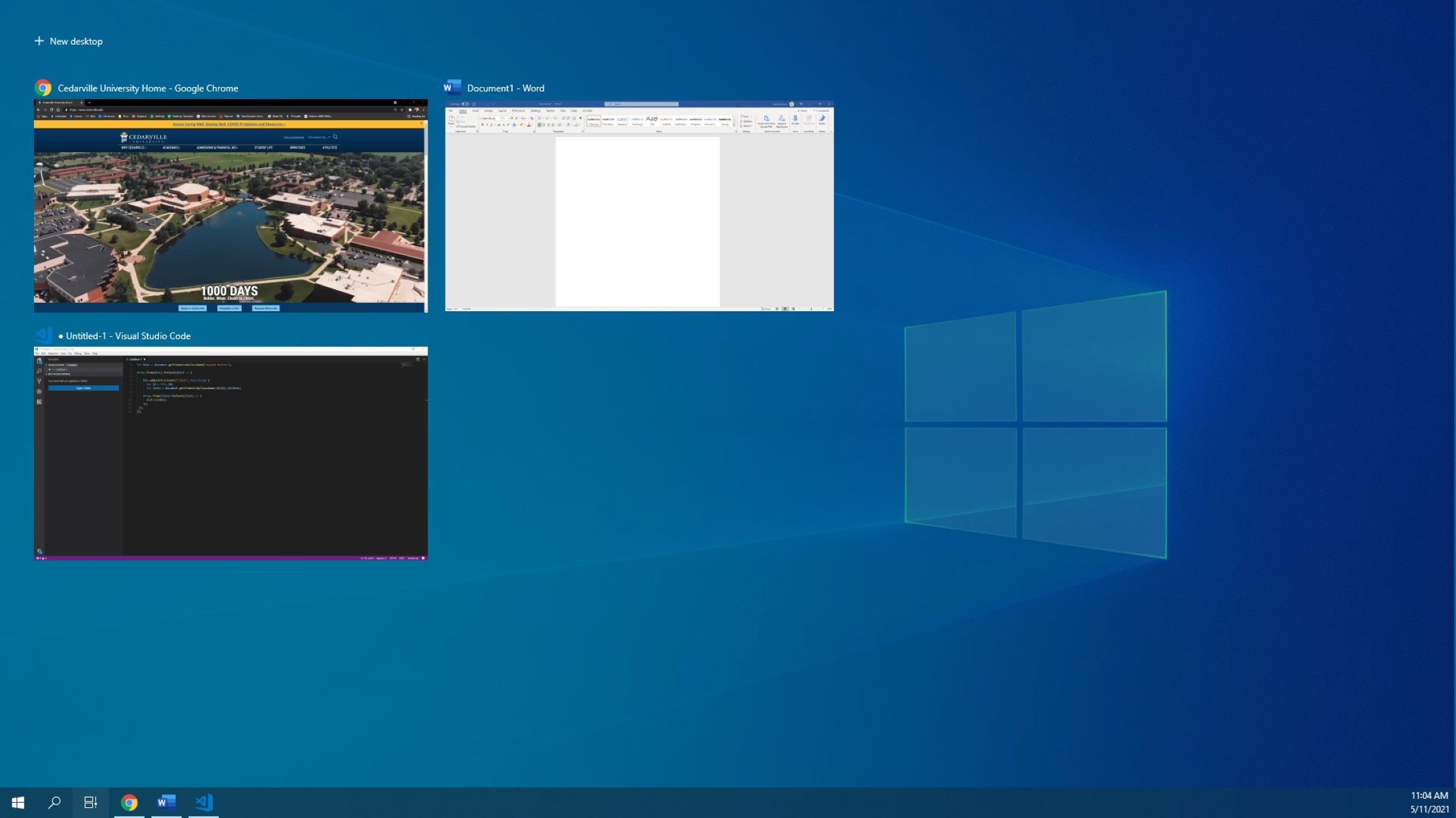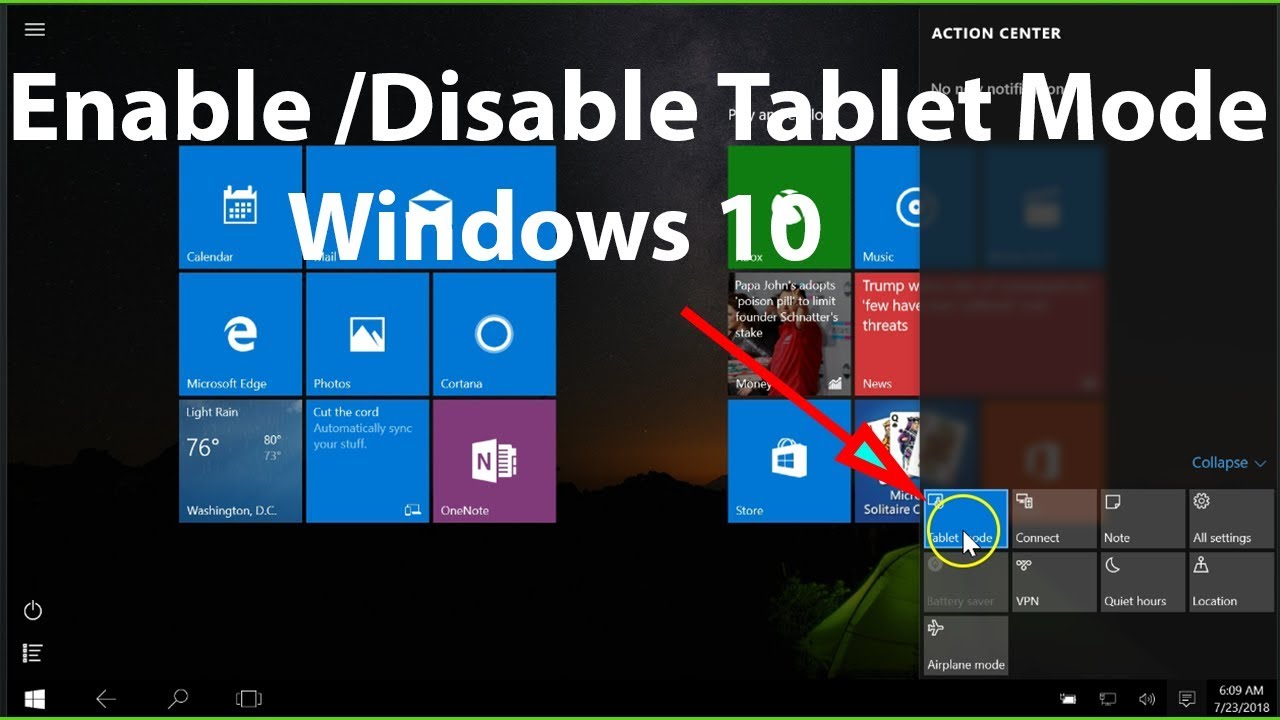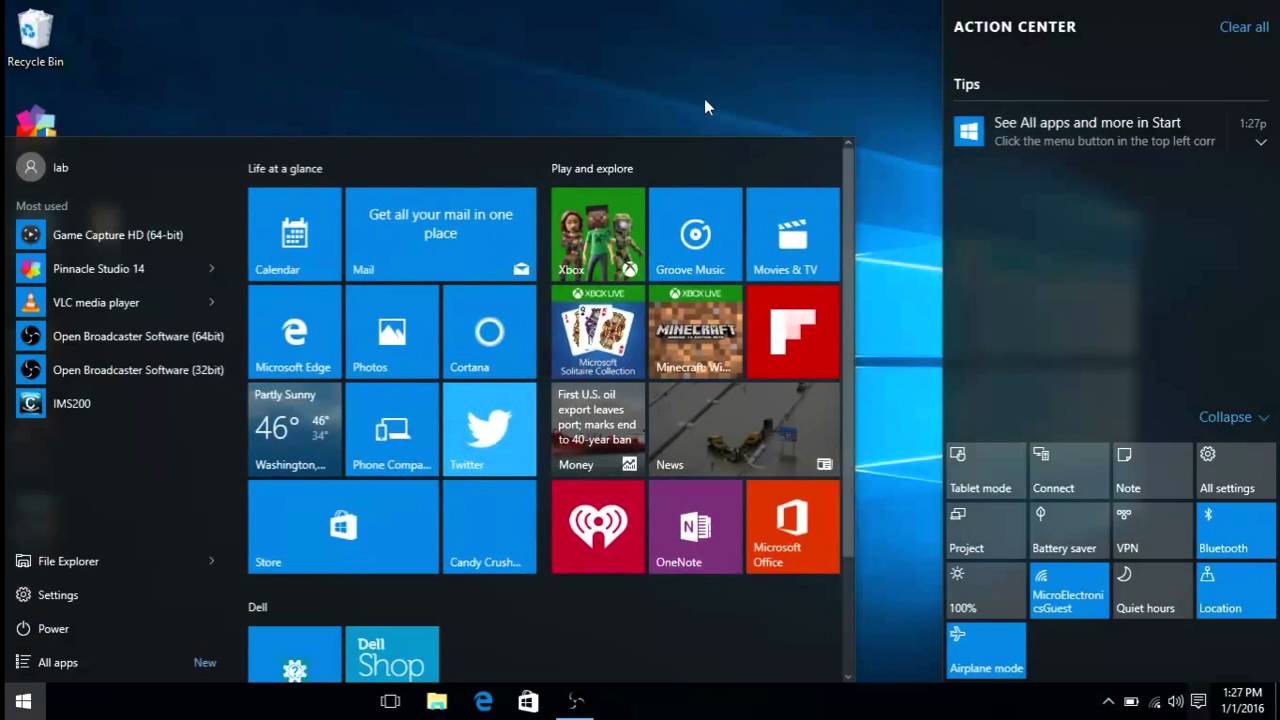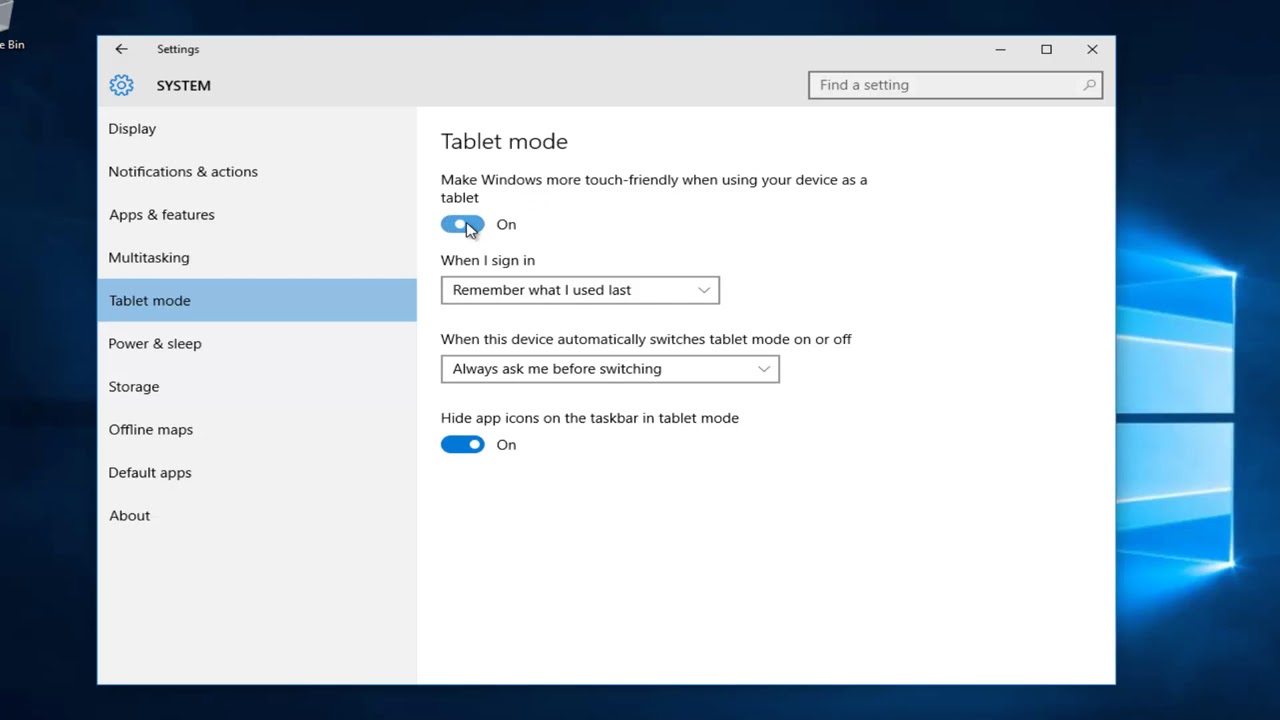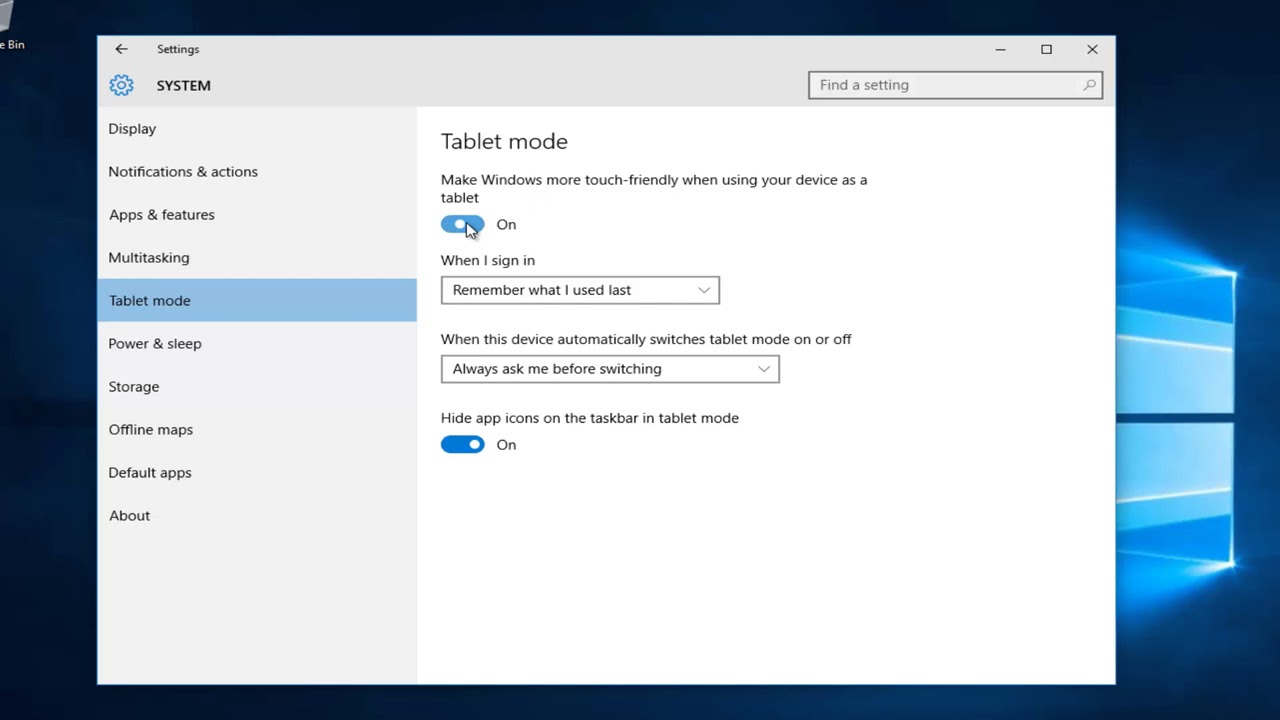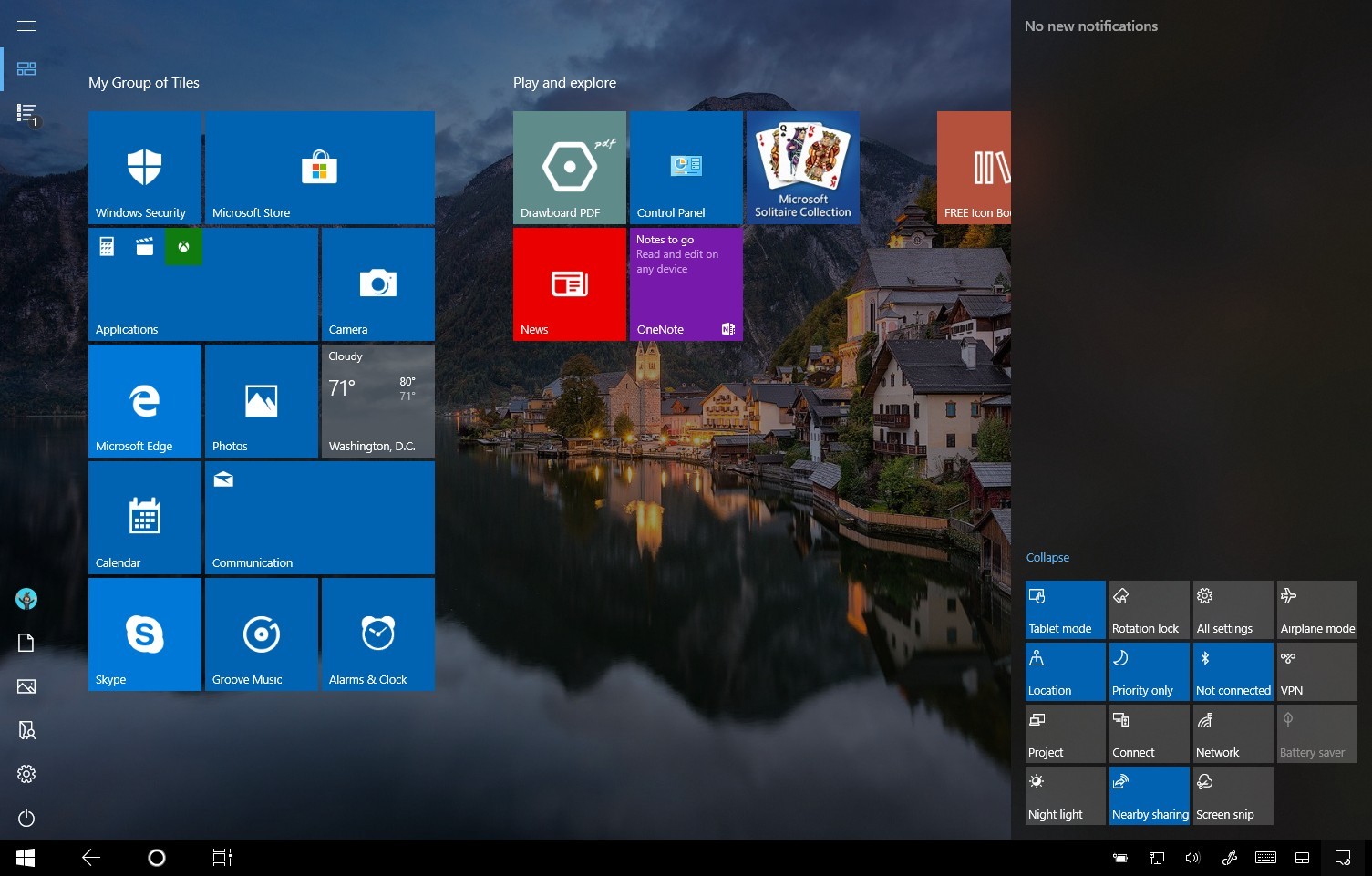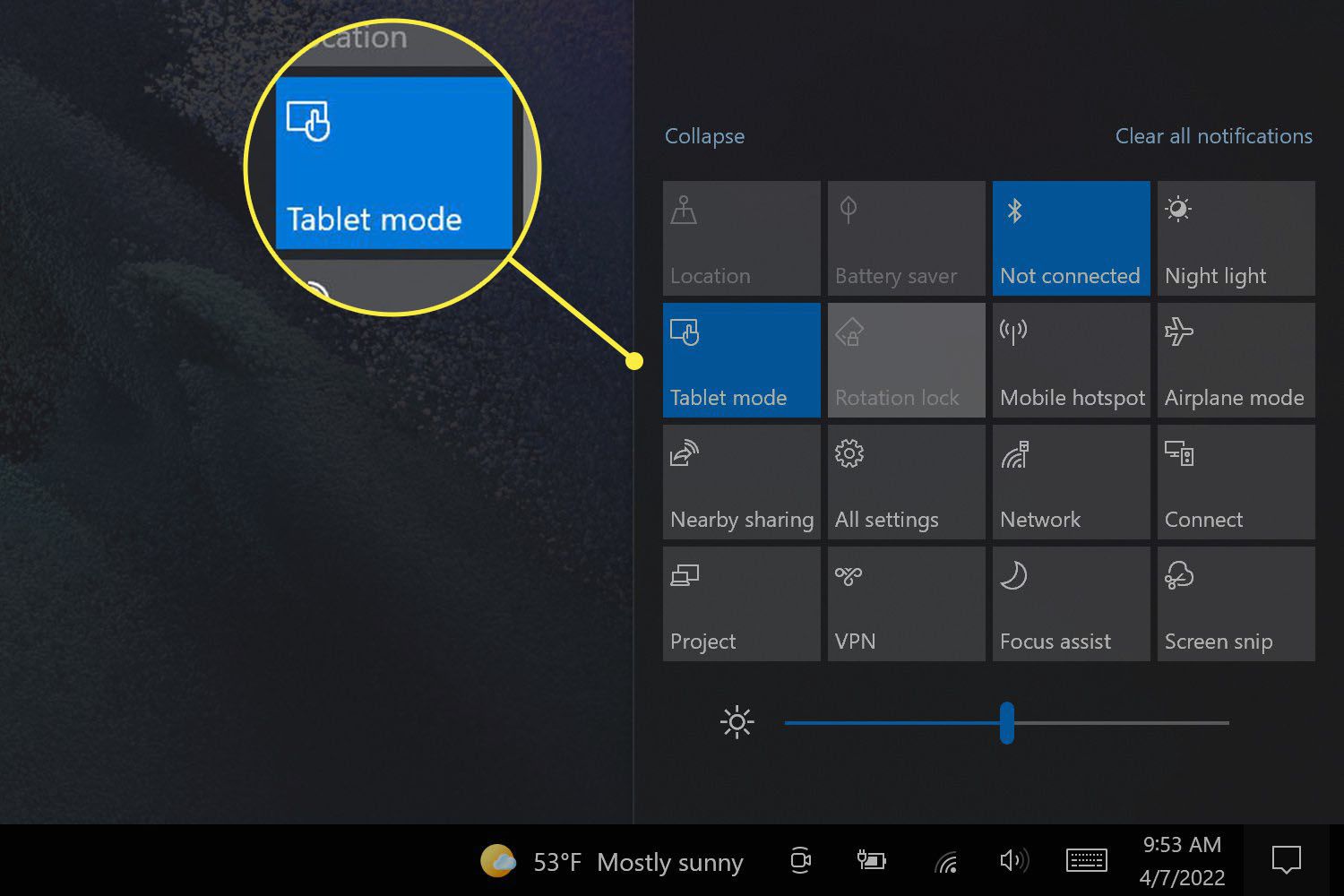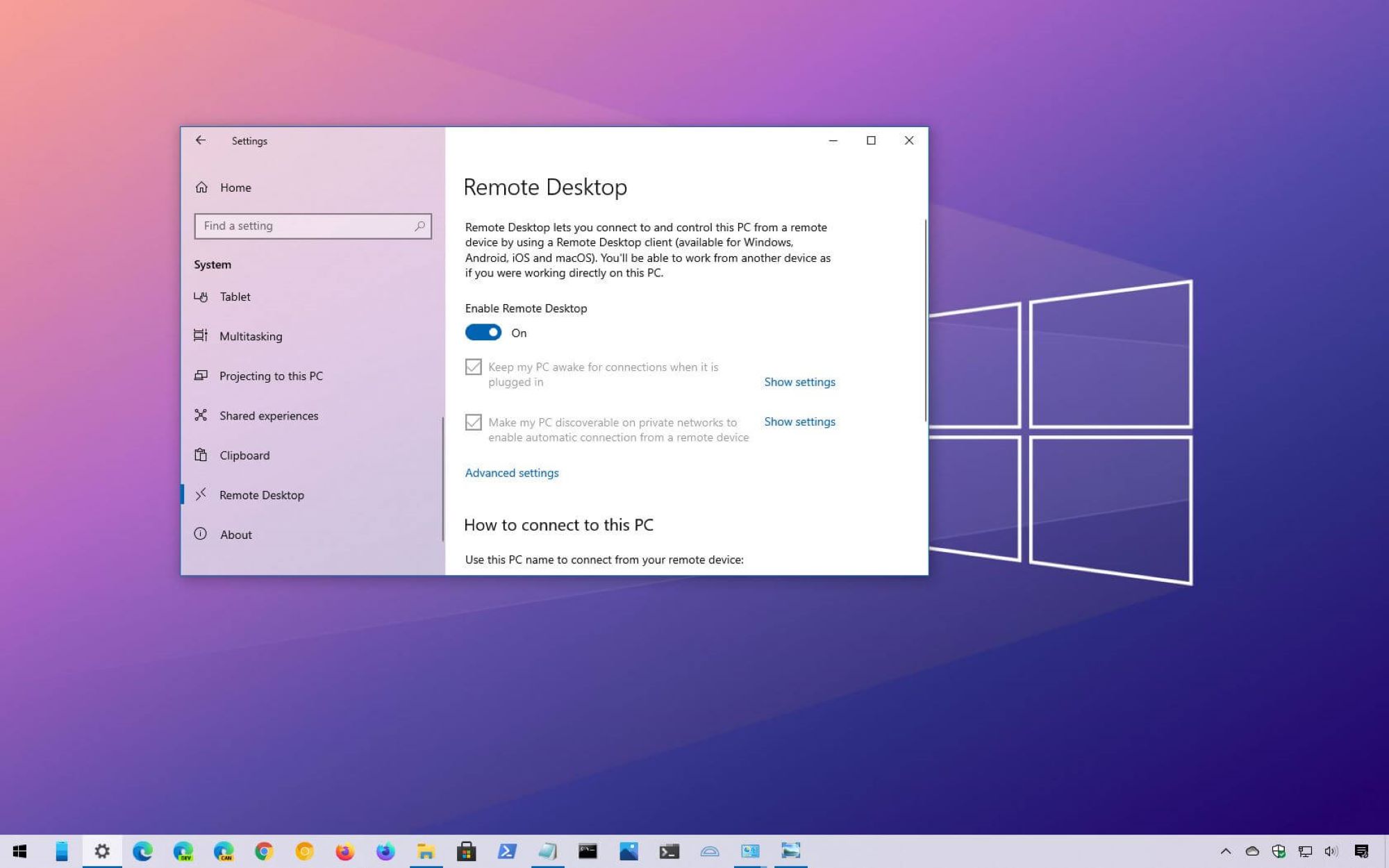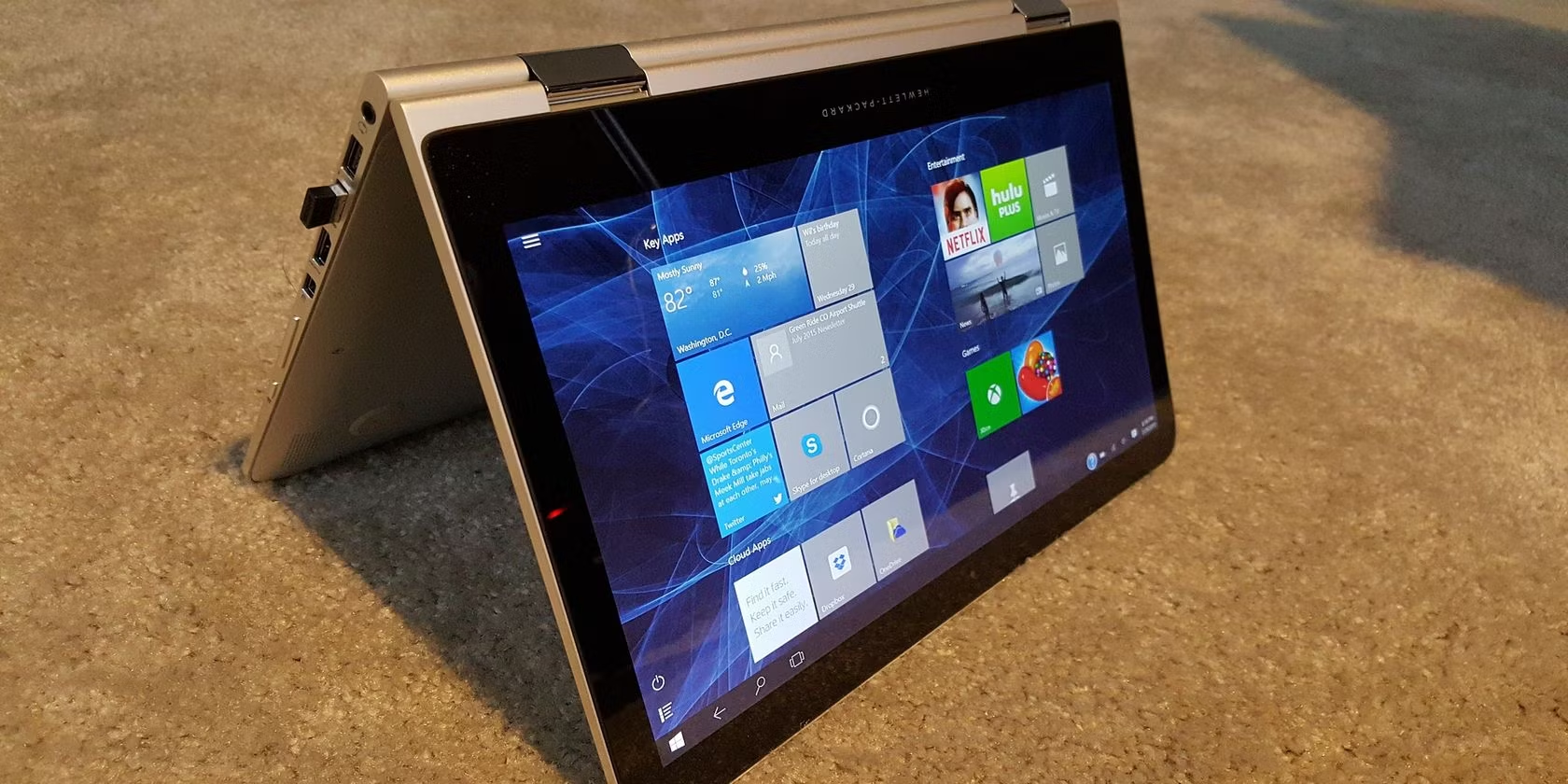Introduction
In today’s fast-paced digital world, multitasking has become an essential skill. Whether you’re a student, professional, or just a casual computer user, being able to efficiently switch between different desktops can significantly enhance your productivity. Fortunately, Windows 10 offers several methods to seamlessly switch between desktops, allowing you to organize your workspaces and stay focused on the task at hand.
In this article, we will explore various methods to switch desktops in Windows 10, including using the Task View, utilizing keyboard shortcuts, and creating multiple desktops. By the end of this guide, you’ll have a clear understanding of how to navigate between desktops effortlessly, thereby optimizing your workflow and maximizing your efficiency.
Whether you’re juggling multiple projects, organizing your workspace, or just looking for a way to declutter your desktop, Windows 10’s desktop switching capabilities can prove to be invaluable. So let’s dive in and explore the different methods available to switch desktops in Windows 10!
Method 1: Using the Task View
One of the easiest ways to switch between desktops in Windows 10 is by utilizing the Task View feature. Task View allows you to see all your open windows and desktops in one place, making it effortless to switch between them.
To access Task View, you can either click the Task View icon on the taskbar or press the Windows key + Tab simultaneously. Once you’ve opened Task View, you’ll see a visual representation of all your open windows and desktops.
To switch to a different desktop, simply click on the desired desktop from the Task View interface. Alternatively, you can use the arrow keys on your keyboard to navigate and select the desktop you want to switch to.
Furthermore, Task View also provides additional functionality, allowing you to manage windows within each desktop. You can move windows between different desktops by clicking and dragging them to the desired location within Task View.
Task View is an excellent option for users who prefer a visual representation of their desktops and find it easier to navigate between them using a graphical interface. It provides a seamless and intuitive way to switch between desktops, helping you keep your workspaces organized and boosting your productivity effortlessly.
Method 2: Keyboard Shortcuts
If you’re a fan of quick and efficient navigation, using keyboard shortcuts to switch between desktops in Windows 10 can be your go-to method. Windows 10 offers several keyboard shortcuts that allow you to seamlessly switch between desktops without even lifting your hands off the keyboard.
Here are some commonly used keyboard shortcuts for desktop switching in Windows 10:
- Windows key + Ctrl + D: This shortcut allows you to create a new desktop and switch to it instantly.
- Windows key + Ctrl + Left or Right Arrow: Use these shortcuts to switch between different desktops. Press the Left Arrow key to switch to the desktop on the left, and the Right Arrow key to switch to the desktop on the right.
- Windows key + Tab: Similar to Method 1, this shortcut opens the Task View, where you can use the arrow keys to navigate and select the desired desktop.
By familiarizing yourself with these keyboard shortcuts, you can effortlessly switch between desktops, saving valuable time and streamlining your workflow.
Moreover, Windows 10 also allows you to customize and create your own keyboard shortcuts for specific actions, including switching between desktops. To do this, go to the Windows Settings, select “Keyboard,” and click on “Customize your keyboard shortcuts.” From there, you can assign specific key combinations to switch to a particular desktop, catering to your personal preferences.
Keyboard shortcuts offer a convenient and efficient way to navigate between desktops, particularly for users who prefer a hands-on approach and want to optimize their workflow without relying on a graphical interface.
Method 3: Using the Windows Key + Ctrl + Left or Right Arrow
If you’re looking for a quick and straightforward way to switch between desktops in Windows 10, using the Windows key in combination with the Ctrl key and the Left or Right arrow keys can be a game-changer. This method allows you to swiftly navigate through your desktops with just a few simple keystrokes.
Here’s how you can use this method to switch between desktops:
- First, ensure that you have multiple desktops created. If you don’t have any additional desktops, you can create new ones by using Method 2 or by clicking the “Task View” icon on the taskbar and selecting “New Desktop” at the top left corner of the Task View interface.
- Once you have multiple desktops, press the Windows key, Ctrl key, and the Left or Right arrow key simultaneously.
- Pressing the Windows key + Ctrl + Left Arrow will switch you to the desktop on the left, and pressing the Windows key + Ctrl + Right Arrow will switch you to the desktop on the right.
This method provides a straightforward and efficient way to toggle between your different desktops, allowing you to organize your workspaces and switch between them seamlessly. Whether you’re working on different projects, separating personal and professional tasks, or simply want to declutter your desktop, utilizing this keyboard shortcut can significantly enhance your productivity.
By incorporating this method into your workflow, you can navigate between desktops effortlessly and make the most out of Windows 10’s multi-desktop capabilities.
Method 4: Creating Multiple Desktops
Windows 10 offers a powerful feature that allows you to create multiple desktops, providing you with a versatile and organized workspace. This method is particularly helpful if you prefer segregating different tasks or projects into separate desktops, keeping your work environment clutter-free and increasing productivity.
To create multiple desktops in Windows 10, follow these steps:
- Click the “Task View” icon on the taskbar or use the keyboard shortcut Windows key + Tab to open Task View.
- At the bottom right corner of the Task View interface, you’ll find an option labeled “New Desktop.” Click on it, and a new desktop will be created.
- You can continue creating multiple desktops by clicking on the “New Desktop” option as many times as you need.
- To switch between the created desktops, you can use the Task View interface or utilize the keyboard shortcuts mentioned in Method 2.
By creating multiple desktops, you can effectively separate different tasks or projects, allowing for a smoother workflow and reduced distractions. For example, you can dedicate one desktop to work-related tasks, another for personal activities, and another for leisure or entertainment purposes.
Additionally, Windows 10 allows you to customize each desktop individually. You can open various applications and arrange them according to your preferences within each desktop. This way, you can have different sets of windows and applications open on different desktops, further aiding organization and focus.
Overall, creating multiple desktops in Windows 10 provides you with a flexible and organized workspace, helping you keep your tasks separate and improving productivity.
Conclusion
Switching between desktops in Windows 10 is a powerful feature that can greatly enhance your productivity and organization. By utilizing the methods explained in this guide, you can effortlessly navigate between different workspaces, keeping your tasks separate and minimizing distractions.
The Task View feature provides a visual representation of your desktops, allowing for a seamless transition between them. Keyboard shortcuts, such as the Windows key + Ctrl + Left or Right arrow, offer a quick and efficient way to switch between desktops without even lifting your hands off the keyboard. And creating multiple desktops provides you with a versatile and organized workspace, enabling you to segregate tasks and projects.
Whether you’re a student, professional, or casual computer user, mastering the art of desktop switching in Windows 10 can greatly benefit your workflow. It allows you to stay focused on specific tasks, reduces clutter on your desktop, and improves overall productivity.
So, start experimenting with these methods and find the one that suits your workflow best. Take advantage of the Task View, utilize keyboard shortcuts, and create multiple desktops to optimize your workspaces and streamline your daily tasks.
By incorporating these methods into your routine, you’ll be able to navigate between desktops effortlessly, stay organized, and make the most out of Windows 10’s powerful multi-desktop capabilities.







